Temples &
Monuments
Ahom structure in Sivasagar:
The District of Shivasagar, 369 km from Guwahati, stands testimony to the glorious past of Assam. Sibsagar (Shivasagar) --- the Ocean of Shiva--- was the capital of the mighty Ahoms. Avariety of structures built by the erstwhile rulers of Assam, the Ahoms, makes sibsagar a place of high tourist interest.
Kareng Ghar and Talatal Ghar:
Kareng Ghar is a palace
with three underground floors known as the Talatal Ghar. The
upper storeys are know as the Kareng Ghar. This palace was built by
Rudra Singha
(1696-1714), and is only 16 km from the present town of Sibsagar. There were two underground tunnel connecting Talatal Ghar and the Gargaon Palace with the Dikhow river. This tunnels which served as emergency exits were however later blocked by the East India Company.
Kareng Ghar
The Gargaon Palace:
A 16th century seven-storeyed palace in Gargaon, the principal town of the Ahoms built by their XV King Suklenmung in 1540, and lies 13 km east of present Sibsagar town. The old palace was however destroyed and the present structure was rebuilt around 1762 by king Rajeswar Singha.
Rang Ghar:
The first amphitheatre in Asia. A two-storeyed oval-shaped pavilion from which members of Ahom royal family watched elephant fight and other sporting events. It was built by King Pramatta Singha (1744-1754) and stands close to the Kareng Ghar.
Rang Ghar
Joysagar Tank:
With the Joydol, Shivadol and Devidol temples on its banks, the Joysagar Tank was built by Ahom King Rudra Singha in memory of his mother Joymoti at Rangpur in 1697. Joymoti, who sacrificed her to save her husbend Gadapani is considered a patriotic martyr and is a legend in Assam history. The tank covers an area of 318 acres.
Other Structure in Sibsagar:
Other Ahom structure in the Sibsagar area include the 18th Century Gaurisagar Tank and Tempel built by Queen Phuleswari and dedicated to Goddess Durga. It covers an area of 150 acres. Charaideo is the regional capital of the Ahoms built in the 13th Century by Sukapha, the founder of the Ahom dynasty. It is famous for its maidams or burial vaults of kings and other royal family members. The 18th Century Rudrasagar tank and Temple was built by King Lakshmi Singha in memory of his father Rudra Singha. It has a Shiva temple on its bank.
Besides, there are more than 500 tanks, vaults, earthen forts and Rajbaris (castles) belonging to the Ahom, Manipuri, Jaintia and Shan Princess and Kachari Kings in Shiva Sagar. There are also a great numer of Vaishnava sattras, Muslim dargahs, and Buddhist and Sakta shrines.
Tezpur structures:
Tezpur, 181 km from Guwahati, houses some of the most important monuments in Assam.
Da-Parbatia is the oldest and finest specimen of iconoclastic art in Assam in the form of the ruins of the door-frame of the Da-parbatia temple. Its carvings displays characteristics of the style of the early Gupta School of sculpture of the two Goddesses Ganga and Yamuna standing with Garlands in their hands, at the bottom, and decorated with beautiful ornamental foliage.The Sculptural ruins of the Bamuni Hills date back to the 9th and 10th centuries. The Hazara Pukhuri is a19th Century tank covering 70 acres, built in the name of Hazara Varman
The Cole Park within the town of Tezpur has two massive ornamented stone pillars. Some of the sculptural remains of Bamuni Hills have also been shifted to the park. The park was established by a British Deputy Commissioner, Mr Cole and has been thus named after him.
Cole Park, Tezpur
At Bhomoraguri stands a mammoth stone inscription of the 18th Century made by the Ahom General Kalia Bhomora Phukan who planned to construct a bridge over the Brahmaputra. Almost two centuries later a bridge has been constructed over the Brahmaputra at the very same place where the General wanted to do so. The bridge has been name d after him. The kalia Bhomora bridge spans 3.05 km connecting the dristict of Nagaon with Tezpur.
The Mystery of Madan Kamdev:
Madan Kamdev refers to the stone sculptures 35 km from Guwahati. It is more of a mystery in the sense that very little is known about the origin of this magnificient archaeology ruins which in the words of the poet Omar Khayyam: is a veil past which I could not see. Written history is almost silent on it, leaving the ground clear for conjectures and hypothesis. Kamarupa, the ancient name of Assam, is believed to have been derived from a legend connected with Madan Kamdev.
Religious Sites:
Spread beneath the foothills of the Eastern Himalayas and sharing the boundaries with other Northeastern States of India, Assam has a history dating back to the vedic age. Both Tantric Shaktism, Saivism and later Vaisnavism flourism flourised in the velley of Brahmaputra. In the wake of Mahmmedan invasions came Muslims of different extraction many of whom stayed back and fused into Assamese melieu. This period marked the event of Islam to the State. A handful of Sikhs from Punjab who had originally came as mercenaries almost miraculously got transformed into Assamese Society and as a result Sikhism flourished in the land. Small Buddhist communities like the Khamanas, The Aitons and the Phakes of Siamese chines extraction keep the flag of Buddhism flying high.
Sankardev, the most illustrious son of Assam who had speadheaded the neo-vaishnave movement along with his able desciple Madhabdeva, established satras (Monestery) throughout Assam. Sankardeva was harbinger of a renaissance with many-sided ramification-spiritual, Social, humanistic, artistic and literary.
Most of the ancient temples and monuments were destroyed in natural calamities but their remains lie scattered over an extensive area.
Institution of Satra:
An unique frature of Assam Vaishnavism is the satra institution. Satras are monasteries which represent the organization ste-up originally developed to propagate the neo vaisnava religious and social ideals but which also became the center for the cultivation and dissemination of all kinds of art and refinement. Some important places of Satra culture are Majuli, Bordowa, Barpeta, Madhupur etc.
Satras (Monastery) throughout Assam: After the British invasion in the 19th century the Christian Missionaries followed spreading the message of love of Jesus and churches sprang up in various places.
Coveragence of people of different religion have resulted in numerous places of pilgrimages for Hindus, Muslims, Sikhs, Buddhists and Christians strewn all over the length and breath of the state but a sprit of accommodation and togetherness, tolerance, and harmony prevails amongst the believer of different faiths. Assamese society is remarkably free from communal conflict and mutual amity and understanding is the keynote. Among the cores of holy places only a few are mentioned here.
Kamakhya and Bhubaneswari Temple:
The Sakti temple of mother Goddess Kamakhya situated on the top of Nilachal Hill is eight Km away from the railway station of Guwahati.
The greatest shrine of tantric shaktism finds mention in the inscription of Allahabad pillar of Samudragupta. Devotees from all over India converge on this holy place during Ambubachi and Manasha Puja.
Navagraha Temple:
The temple of nine planet situated on Chitra Chal Hill in Guwahati still to-day a center of Astrological and Astronomical research.
Umananda Temple:
The great Shiva temple situated on the pea-cock island in the middle of Brahmaputra in Guwahati attrach devotees from all over the country during Shiva Ratri.
Vasistha Ashram:
Established by the great sage Vasistha on Sadhya chal Hill, sixteen km away from Guwahati is an important place of pilgrimage three rivulets Sandhya, lalita and Kanta meet here bestowing the Ashram a Unique Picturesque Charm.
Hayagriva- Madhab Temple:
Thirty two km from Guwahati; at Hajo where religions meet Hinduism, Islam and Buddhism. Hayagriva, madhab Temple is an important place of pilgrimage both for Hindus and Buddhists.
Poa Macca:
At Hajo itself, a place of pilgrimage for the Muslim. It is believed that by offering prayer here a faithful gains one fourth spiritual enlightenment of what could be gained at Macca. Hence the name.
Sivadol:
Constructed by queen Madambika, wife of king Siva Singha of Ahom dynasty, this temple is believed to be the tallest Shiva Temple in India. In this Temple, Lord Shiva is worshipped as the presiding deity. It is in the heart of the town Sivasagar. There is a huge tank of the same name where thousands of migratory birds are seen during
Dargah of Ajan Pir:
The dargah of Muslim saint Shah Aulia alias Ajan Fakir, who led a Muslim reform movement in Assa, is a revered place of pilgrimage for the Muslims and Hindus alike.
Satras of Majuli:
World’s largest river Island Majuli is the seat of several Satras of Vaishnava Monastries, established by the great Vaishnava revivalist, Sankardeva. During Ras-Yatra several thousand devotees visit this holy Satras every year.
Batadrawa Satra and Shrine:
14 km from Nagaon town, Batadrawa is the birth place of famous Vaishnava reformer Sankardeva. The shrine is held in high veneration by the Vaishnavas.
Maha Bhairav Temple:
Dedicated to Lord Shiva. This ancient Temple in Tezpur town is regarded as the oldest Shiva Shrine where thousands offer prayers on Shivaratri.
Barpeta Satra and Kirtanghar:
Establihed by Madhabdeva, the greatest disciple of Sankardeva , this famous Satra and Kirtangarh (congregational Prayer Hall) drawn vaishnava from all over India.
The famous sikh gurudwara established by the Ninth Sikh Guru Teg bahadur is held in high veneration by the Sikhs throughout the country.
Sixty six km from Silchar town is Bhuban hill where stands the temple of Lord Shiva (Bhubaneswar) said to be built by the Kachari Kings. Shiva Ratri, Doljatra, etc draw large pilgrims.
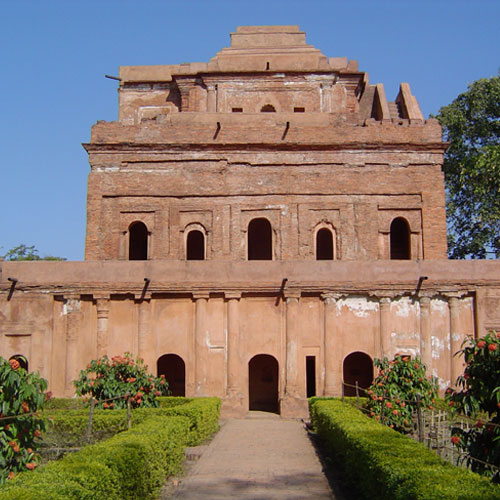
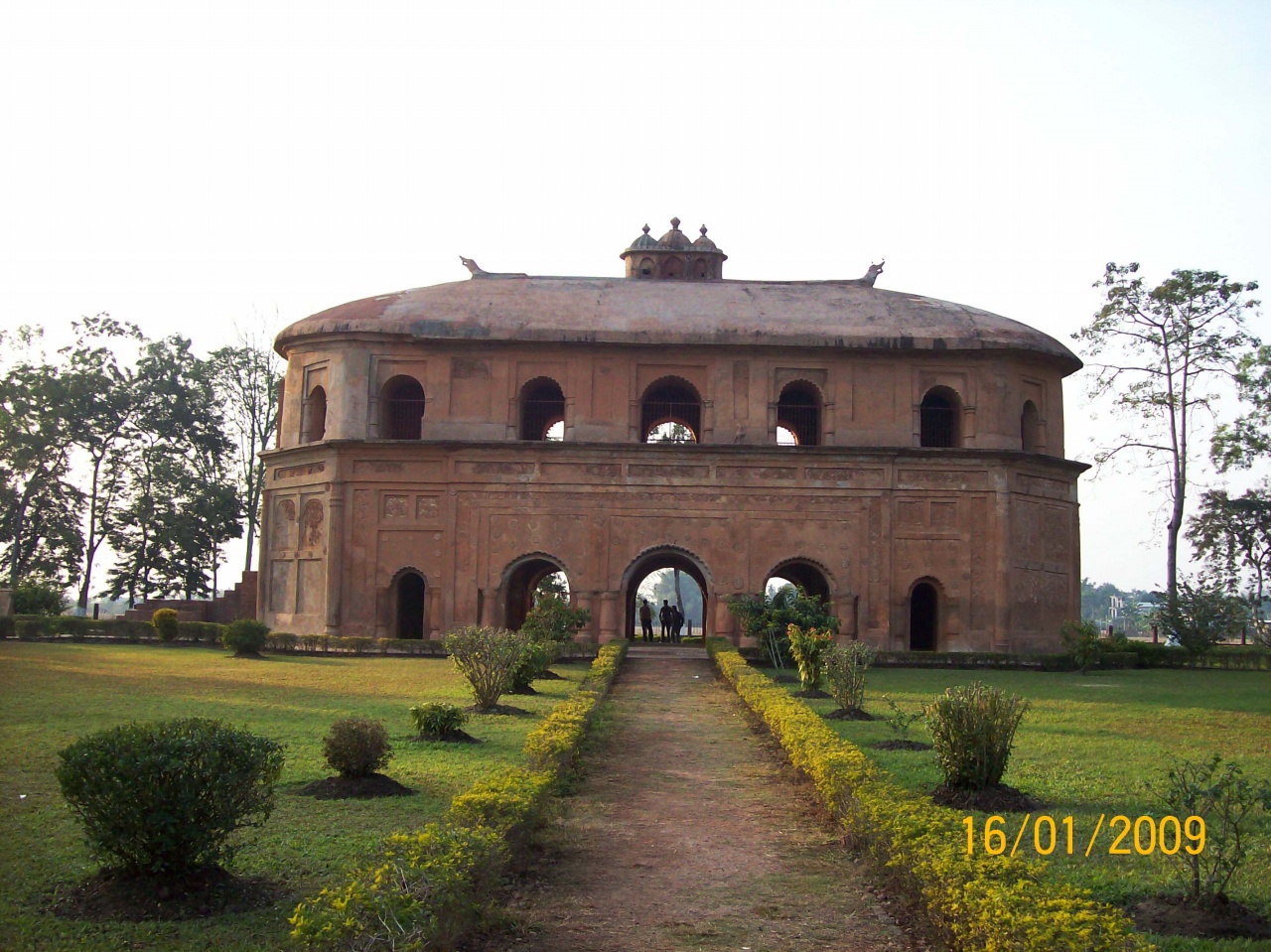



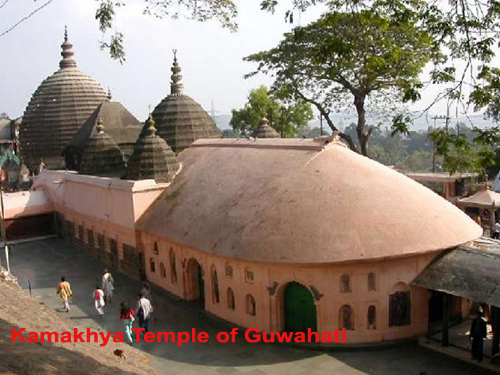
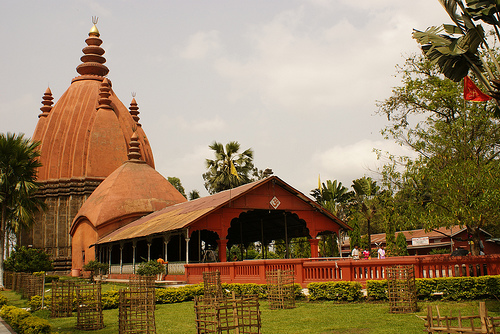
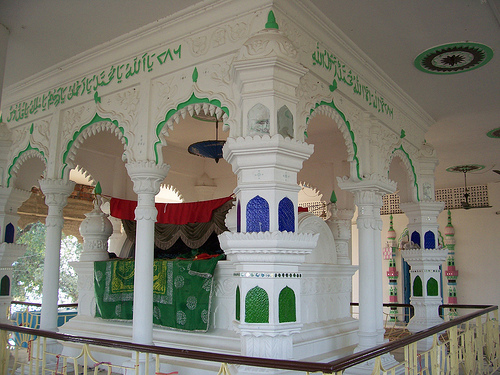
Call us: 03772-223088, +91-9864355015 email us:info@patkaitravels.in